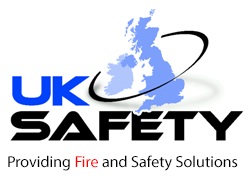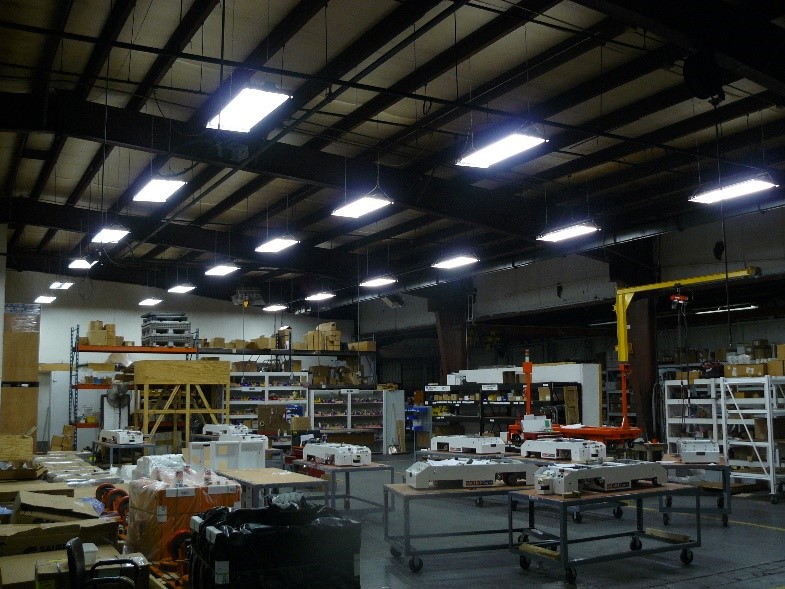According to the Health and Safety Executive (HSE), “poor lighting can not only affect the health of people at work causing symptoms like eyestrain, migraine and headaches, but it is also linked to Sick Building Syndrome (SBS) in new and refurbished buildings”.
For the employer, the consequence of this can be increased absenteeism through ill health and reduced workforce efficiency and productivity.
The need for appropriate lighting is therefore detailed in many pieces of legislation including the various UK Building Regulations and the Health and Safety at Work, etc Act 1974 (HSWA).
In particular, Regulation 8 of the Workplace (Health, Safety and Welfare), Regulations 1992 requires every workplace to have “suitable and sufficient lighting” with the accompanying Approved Code of Practice (ACOP) stating that “lighting should be sufficient to enable people to work, use facilities without experiencing eyestrain, and safely move from place to place”.
The importance of lighting surveys
Different levels of light are required for different activities. Ideally, lighting at work should be designed for specific tasks carried out by people within that environment. For example, higher light levels are essential for close work where accuracy is essential, such as soldering a control panel, while lower light levels are sufficient for corridors.
Lighting surveys will highlight any lighting hazards and risks in the workplace. Typical risks include lighting effects, incorrect design, improper installation, poor maintenance, incorrect disposal, and improper selection of emergency lighting.
Lighting surveys
We have years of experience in dealing with the assessment and management of health and safety risks caused by lighting in the workplace. We will highlight best practices and the recommended illumination levels that meet CIBSE recommendations.


